The environment
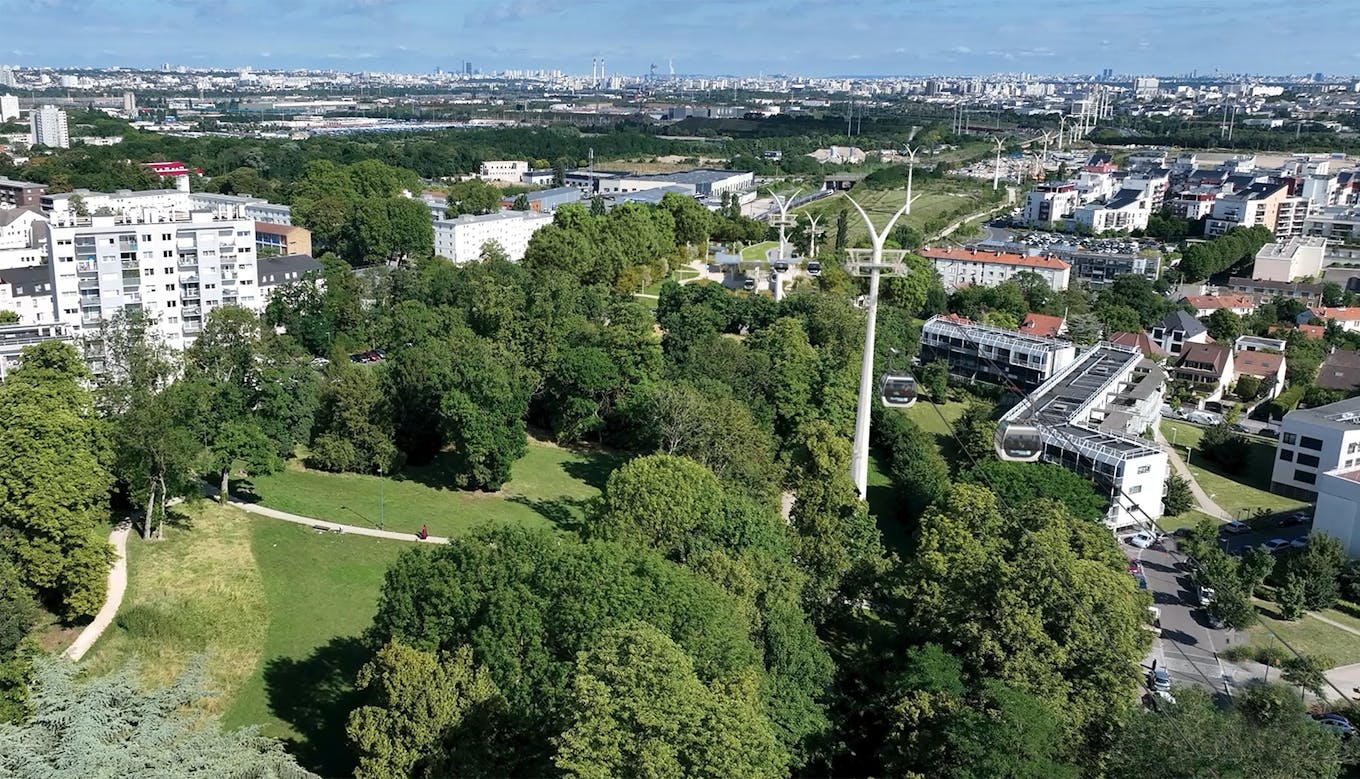
A greener mode of transport
By its nature, the C1 Cable is, like the majority of public transport, an efficient and attractive carbon-free alternative to the use of personal vehicles. Thanks to the time savings it offers its passengers, the cable car encourages the modal shift. The intermodality offered at each station (simplified access to the bus network, pedestrian and cyclist facilities, etc.) also encourages the use of soft modes of transport (walking, cycling, etc.).
Finally, thanks to a limited footprint, the impacts on local biodiversity are minimized.
A project certified HQE - Sustainable Infrastructure
The 3 pillars of Sustainable Development (social, environmental, economic) guided the design of the C1 Cable project. This rigorous approach made it possible to obtain in May 2022 the certification of a High Environmental Quality (HQE) – Sustainable Infrastructure design ©.
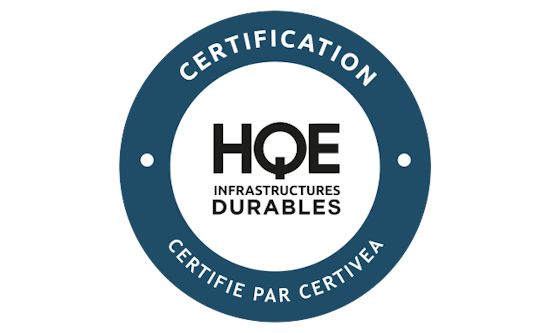
"Avoid, Reduce, Compensate":
what does the ERC approach consist of?
The ERC approach aims to avoid environmental damage (air, noise, water, soil, population health, etc.), to reduce those that could not be avoided and to compensate for those that could not be sufficiently avoided or reduced.
From the design stage of the project, the Île-de-France Mobilités teams carried out a detailed inventory to identify its potential impacts on the environment and looked for ways to optimise them to avoid them.
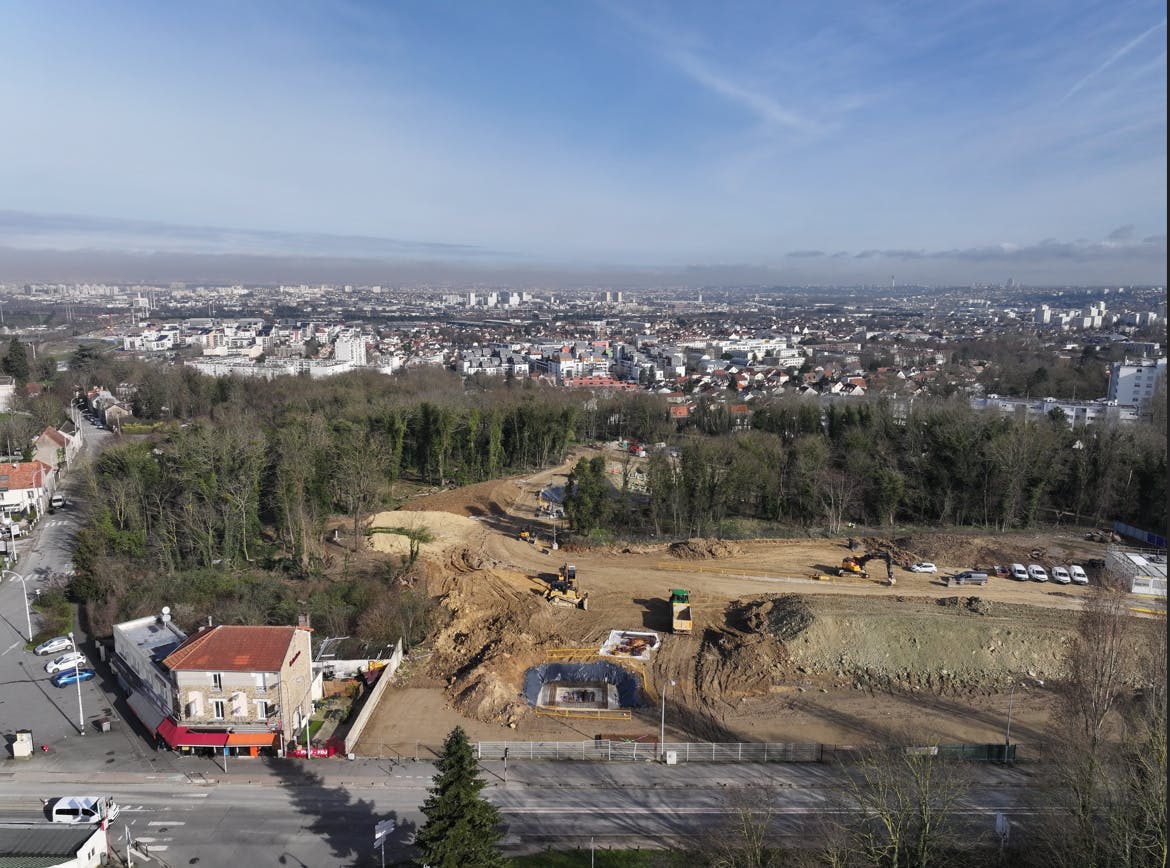
1. Avoidance measures are sought as a priority
They are the best possible compromise with regard to the various environmental and technical issues. For ticket example, the C1 cable overflight area above the La Végétale green corridor and the Saint-Martin park has been raised in order to preserve as many trees as possible. This is an emblematic avoidance measure of the project.
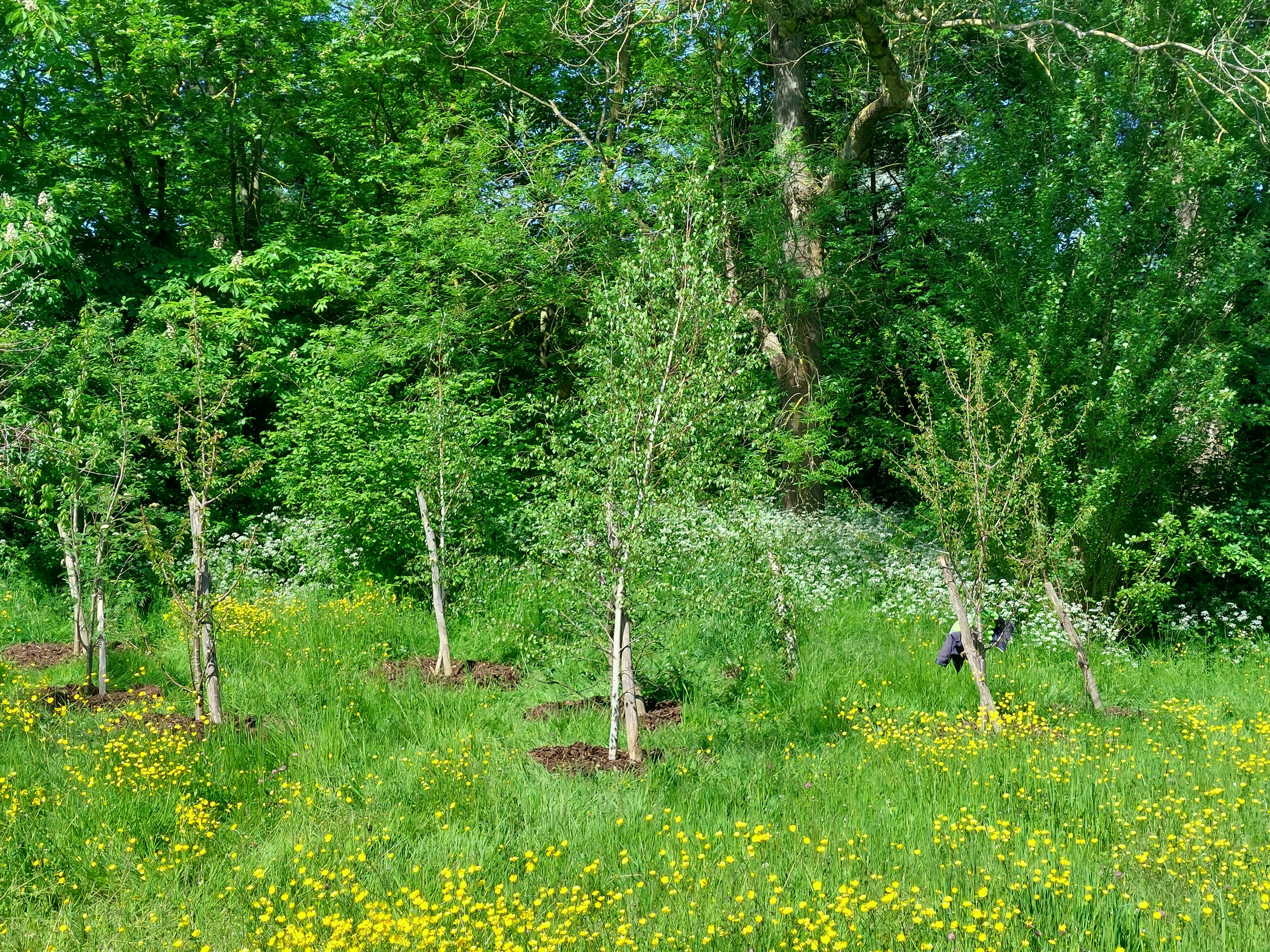
2. Mitigation measures must minimize the impacts of the project
As soon as the impacts listed could not be fully avoided, solutions were developed to minimize them. For ticket, land use has been limited, hundreds of trees have been planted or transplanted, several thousand square metres have been de-waterproofed to recreate green spaces, etc.
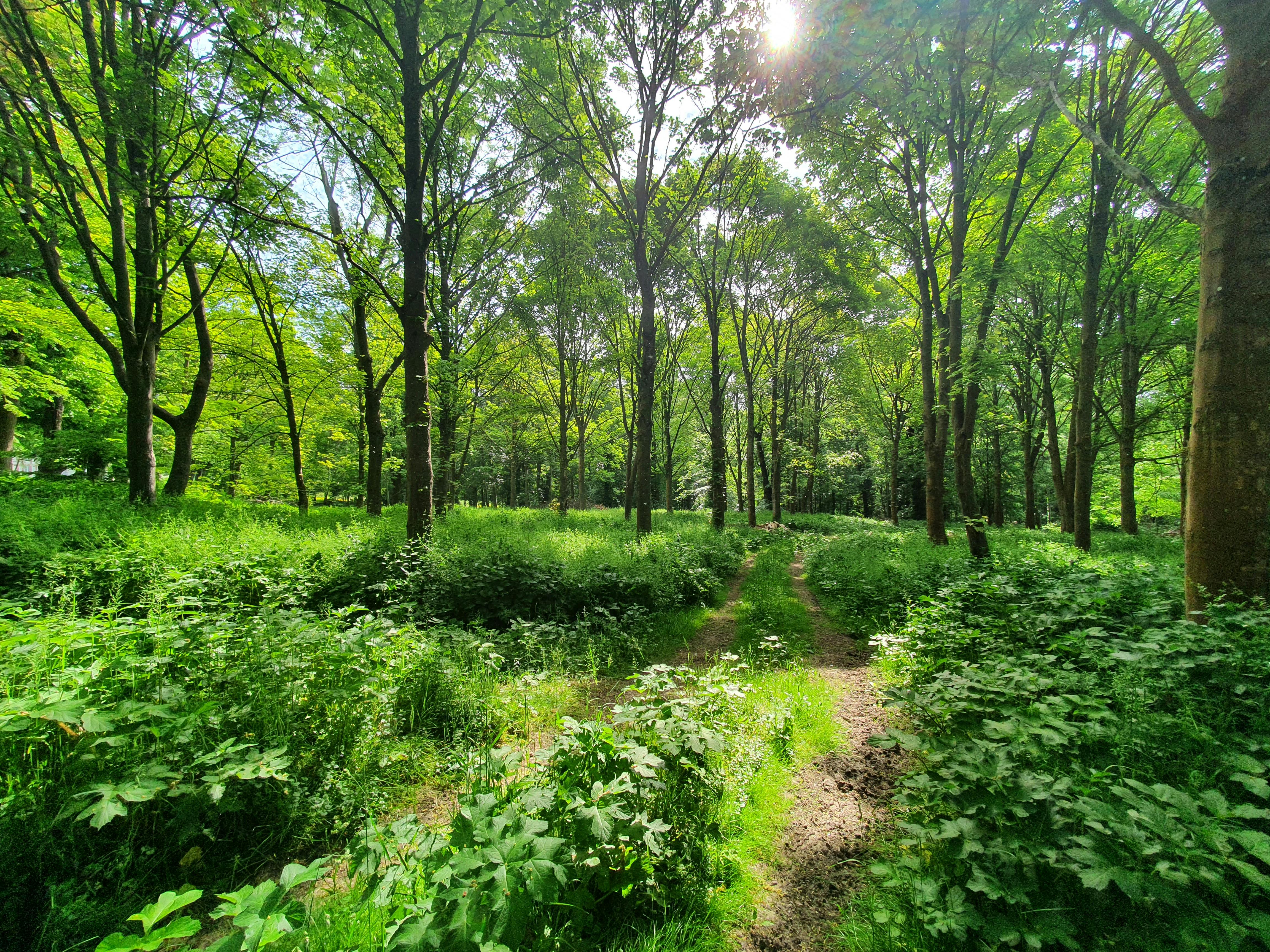
3. Compensation measures are long-term
As a last resort, when it is not possible to avoid or sufficiently reduce an impact, the Environmental Code provides for the implementation of compensatory measures by the project owner. Two types of compensation are carried out for the C1 Cable: ecological compensation and forest compensation.
All the actions implemented as part of the ERC approach are monitored by the administrative authorities (the Regional and Interdepartmental Directorate for the Environment, Planning and Transport and the Departmental Directorate for Territories) throughout the regulatory period.
